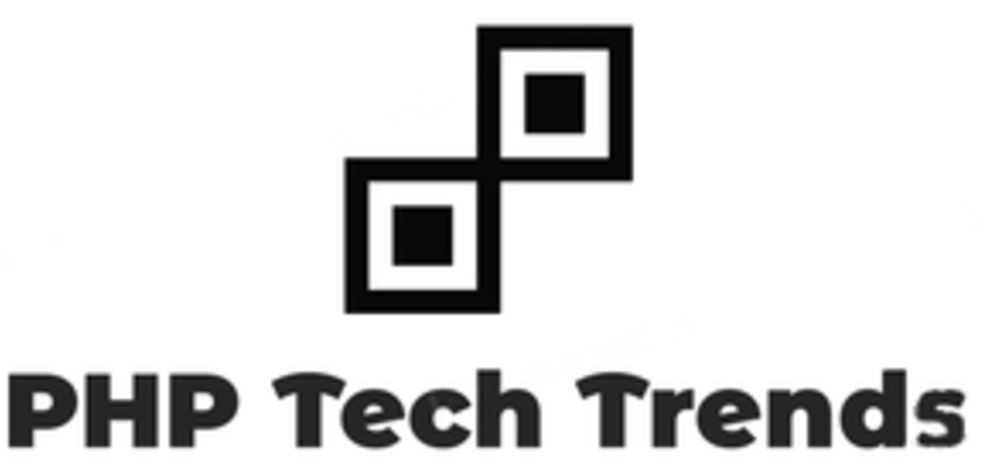Welcome to the world of cloud computing and PHP microservice architecture – a dynamic duo that is revolutionizing the way we build and deploy applications. In today’s fast-paced digital landscape, businesses are constantly seeking ways to scale their operations, improve efficiency, and enhance user experiences. And this is where cloud computing enters the stage, offering unparalleled flexibility, scalability, and cost-effectiveness.
But what exactly is microservice architecture? Well, imagine breaking down your application into smaller independent services that can be developed, tested, deployed, and scaled independently. That’s precisely what microservices do! And when combined with PHP – one of the most popular programming languages for web development – it becomes a match made in coding heaven.
We will dive deep into the role of cloud computing in PHP microservice architecture. We’ll explore how these two powerful technologies work hand in hand to create robust and scalable applications. So buckle up as we embark on an exciting journey through the clouds (pun intended) and discover how they can transform your development process!
Explaining Microservice Architecture
Microservice architecture is a way of designing and building software applications as a collection of small, independent services that work together to form the overall system. Unlike traditional monolithic architectures, where all functionality is bundled into a single application, microservices allow for greater flexibility and scalability.
Each microservice is responsible for a specific business capability and can be developed, deployed, and scaled independently. This modular approach enables teams to work on different services concurrently without impacting each other. It also allows for easier maintenance and updates since changes in one service do not require modifying the entire application.
One key advantage of using microservices is the ability to choose different technologies for each service based on its specific requirements. This means that PHP can be utilized for certain microservices while other languages or frameworks may be used elsewhere within the architecture.
PHP is well-suited for building microservices due to its simplicity, versatility, and large community support. Its lightweight nature makes it ideal for individual services that need to respond quickly to user requests. Additionally, PHP has extensive libraries and frameworks available which facilitate rapid development of robust web applications.
Cloud computing plays a crucial role in supporting PHP-based microservice architectures by providing scalable infrastructure resources on-demand. Services running in the cloud can easily scale up or down depending on traffic patterns or workload fluctuations without significant downtime or resource constraints.
By leveraging cloud computing platforms like Amazon Web Services (AWS) or Google Cloud Platform (GCP), organizations can ensure high availability, fault tolerance, automatic scaling capabilities, and data redundancy across their PHP microservices deployments. The cloud also offers various managed services such as databases, message queues, caching systems that further simplify development efforts.
Enabling effective communication between distributed microservices poses challenges.
Service discovery mechanisms are required so that each service knows how to locate others dynamically.
Load balancing strategies must be implemented intelligently so that requests are distributed evenly across multiple instances of each service.
Benefits of Using PHP in Microservices
PHP is a versatile programming language that has gained popularity among developers for building web applications. When it comes to microservices architecture, PHP offers several benefits that make it a great choice.
One of the main advantages of using PHP in microservices is its simplicity and ease of use. PHP allows developers to write clean and concise code, making it easier to build and maintain microservices. Its syntax is straightforward, which helps in reducing development time and effort.
Another benefit of using PHP in microservices is the vast ecosystem of frameworks and libraries available. Popular frameworks like Laravel, Symfony, and CodeIgniter provide robust tools for building scalable and modular microservices. These frameworks offer features like routing, caching, ORM (Object-Relational Mapping), authentication, and more, saving developers from reinventing the wheel.
PHP also has excellent support for database integration. It seamlessly integrates with popular databases like MySQL and PostgreSQL through dedicated extensions or ORMs. This makes it convenient for developers to store data efficiently within their microservices.
PHP’s compatibility with cloud platforms enhances its suitability for microservice architecture. Cloud providers such as AWS (Amazon Web Services) offer specific services tailored to running PHP applications effectively at scale. Features like auto-scaling, load balancing, containerization with Docker or Kubernetes can be easily implemented when deploying PHP-based microservices on these platforms.
In addition to technical benefits, using PHP in microservice architecture can have cost advantages as well. Since PHP is an open-source language widely supported by hosting providers globally; hence hosting costs are generally lower compared to other languages or technologies.
How Cloud Computing Enhances PHP Microservice Architecture
Cloud computing plays a crucial role in enhancing PHP microservice architecture, offering numerous benefits and capabilities that traditional on-premises solutions cannot match. With cloud computing, PHP microservices can scale effortlessly to meet fluctuating demands, ensuring optimal performance at all times.
One of the key advantages of utilizing cloud computing in PHP microservice architecture is the flexibility it provides. Developers can easily deploy and manage their microservices using cloud platforms such as AWS or Azure, without worrying about infrastructure setup or maintenance. This allows for faster development cycles and easier scalability.
Cloud computing enables seamless integration between different microservices within a PHP architecture. Through the use of APIs and service discovery mechanisms provided by cloud providers, developers can easily connect various services together while maintaining loose coupling. This promotes modularization and enhances overall system reliability.
Another benefit of leveraging cloud computing in PHP microservices is improved fault tolerance and resilience. Cloud platforms offer built-in redundancy mechanisms that ensure high availability even if individual components fail. By distributing microservices across multiple servers or regions, organizations can minimize downtime and provide uninterrupted service to their users.
Furthermore, cloud-based deployment models allow for efficient resource utilization. Rather than having dedicated hardware for each individual microservice, organizations can leverage virtualization technologies offered by cloud providers to optimize resource allocation. This results in cost savings and better overall performance.
Challenges and Solutions in Implementing Cloud-Based PHP Microservices
Implementing cloud-based PHP microservices comes with its fair share of challenges. One challenge is managing the complexity that arises from breaking down a monolithic application into smaller, independently deployable services. This requires careful planning and coordination to ensure seamless communication between these services.
Another challenge is ensuring scalability and high availability in a distributed environment. As the demand for your microservices grows, you need to be able to scale them up or down dynamically. This requires efficient load balancing and auto-scaling mechanisms.
Security is also a major concern when it comes to implementing cloud-based PHP microservices. With multiple services interacting with each other through APIs, it’s crucial to implement robust authentication and authorization mechanisms to protect against unauthorized access or data breaches.
To overcome these challenges, there are several solutions available. Using containerization technologies like Docker can simplify deployment by packaging each microservice along with its dependencies into lightweight containers. Container orchestration platforms such as Kubernetes provide automated scaling, load balancing, and service discovery capabilities.
Implementing API gateways can help centralize authentication and enforce security policies across your microservices architecture. Additionally, leveraging managed cloud services like AWS Lambda or Google Cloud Functions can offload some of the infrastructure management responsibilities while providing scalable execution environments for running serverless functions.
Future Outlook for the Combination of Cloud Computing and PHP Microservice Architecture
As we look towards the future, it is clear that the combination of cloud computing and PHP microservice architecture will continue to play a pivotal role in shaping the development landscape. The benefits offered by this powerful duo are hard to ignore, making them an attractive choice for businesses of all sizes.
With cloud computing providing scalable infrastructure and resources, PHP microservices can be easily deployed and managed. This allows developers to focus on building modular and flexible applications that can adapt to changing business needs. The ability to scale dynamically ensures that performance remains optimal even during peak times.
As more organizations embrace digital transformation, the demand for efficient and cost-effective solutions continues to grow. Cloud computing offers affordability through pay-as-you-go pricing models, eliminating the need for hefty upfront investments in hardware or software. This makes it an ideal choice for startups or small businesses looking to leverage technology without breaking their budget.
In addition, with advancements in cloud technologies such as serverless computing, containerization (e.g., Docker), and orchestration platforms (e.g., Kubernetes), deploying and managing PHP microservices becomes even more streamlined. These tools enable developers to abstract away infrastructure complexities while ensuring high availability, fault tolerance, and scalability.
Despite these challenges though; with continuous innovation in both cloud computing platforms and PHP frameworks like Laravel or Symfony; we can expect improvements in security measures along with enhanced monitoring capabilities specifically designed for microservices architectures.
The future outlook is bright for those who choose to combine cloud computing with PHP microservice architecture. By leveraging the power of scalable infrastructure alongside modular development practices businesses will have greater flexibility, agility, and cost-efficiency in their software development processes.

